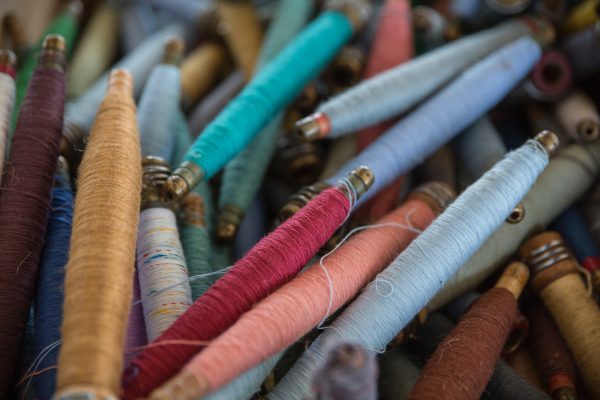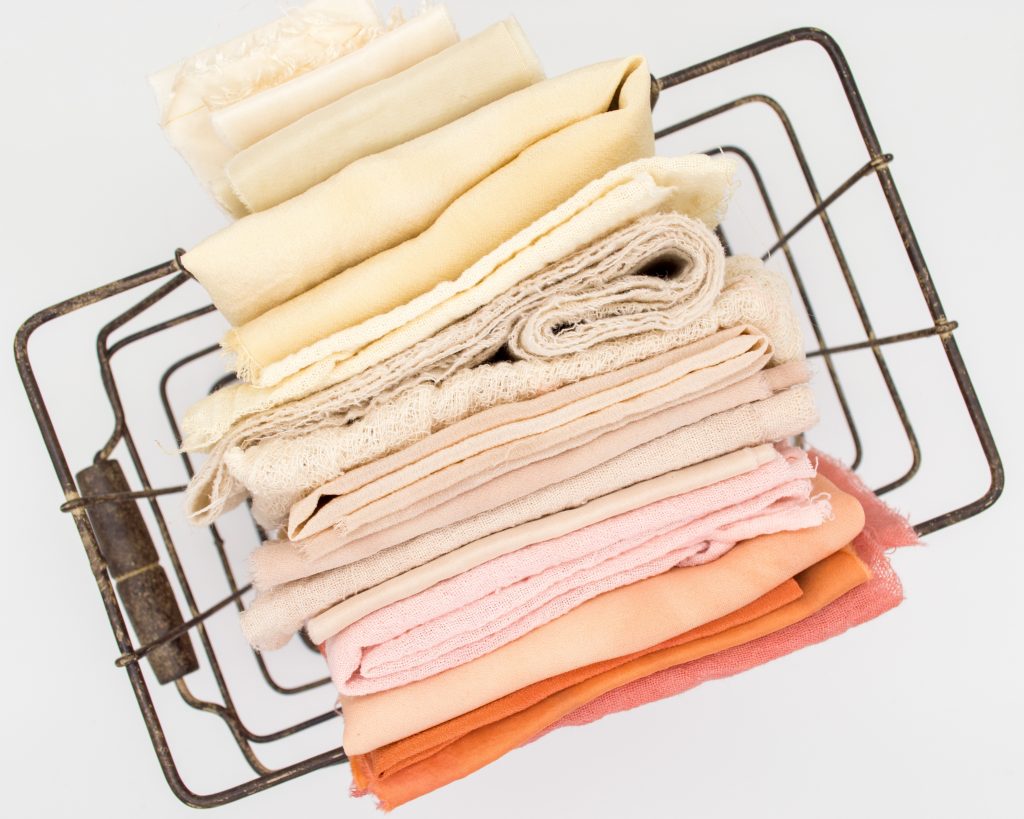For textile export/import professionals, it’s common knowledge that the US is a major exporter of textiles (actually, the second largest!), but for others in the trade and logistics industry — maybe not so much. The US is second to only China in textile exports.
Textile exporting accounts for a healthy chunk of the US economy, with a figure of over 75 billion dollars worth of textiles being exported per year. In fact, the industry employs an estimate of 600,000 workers. However, there are possibly some rocky roads ahead for American exporters, as the textile industry has fallen victim to the US/China trade war.
Why is that US/China relationship so central to the textile industry? As the number 1 and 2 largest exporters, the relationship is largely symbiotic. The US imports approximately 40 billion dollars worth of textiles from China each year. Since the trade war has gained more momentum as the Trump Presidency increases pressure on China, imports from China have dropped by almost 5%.
Why have textile imports from China dropped? There is certainly a complex logistical/supply chain/trade ecosystem around this, but one of the main reasons is that duties have been increased to 25% on any type of goods manufactured from China.
Who are the winners in the trade war? As a result of these duties, the opportunity for other textile manufacturing countries to step in and provide for the US has opened up. That means that countries like Vietnam, Bangladesh, Indonesia, and India have seen a boost.

The figures, according to University of Delaware Professor, Dr. Shen Lu:
“Vietnam (16.2%, up from 14.7% in 2018), Bangladesh (7.1%, up from 6.5%), Indonesia (5.3%, down from 5.4% in 2018), India (4.8%, up from 4.6% in 2018).
Except for China, the average unit price of U.S. apparel imports from other major sources all went up in 2019, including Vietnam (up 4.6%), Bangladesh (up 5.6%), Indonesia (up 2.1%), India (up 3.1%), Cambodia (up 7.5%) and CAFTA-DR members (up 4.4%). The results suggest that U.S. fashion brands and retailers had to pay a higher price when they move their sourcing orders from China to other alternatives, due to much smaller production capacity and more costly raw material supply there.”
The data around apparel/textile imports and exports helps us understand the shift in behavior in the industry. Dr. Lu goes as far as to say that the US/China trade war has caused the highest level of instability since the ending of the quota system in 2004.
To summarize a few of the takeaways from Dr. Shen Lu’s report:
- US apparel sales stayed around 3 times as much as the value of US apparel imports.
- The US/China trade war changed the seasonal pattern for the apparel supply chain.
“…In 2019 the peak season started earlier in June and ended in September–mostly because U.S. fashion companies tried to avoid the hit of the proposed 15% Section 301 punitive tariffs on Tranche 4A products”
- US apparel retailers continue to diversify their manufacturing sources: 9 textile exporting countries, excluding China, experienced at least a 5% growth in exports.
In the face of such a changed textile landscape, importers and exporters must be smart about how they protect the stability of their business going forward. One thing that will help them move forward with confidence in working with the right partners.
A customs broker with expertise in textiles will help navigate regulations, determine your eligibility for duty relief, and keep you updated on the goings-on of the industry. To connect with a customs broker with textile expertise, click here.






